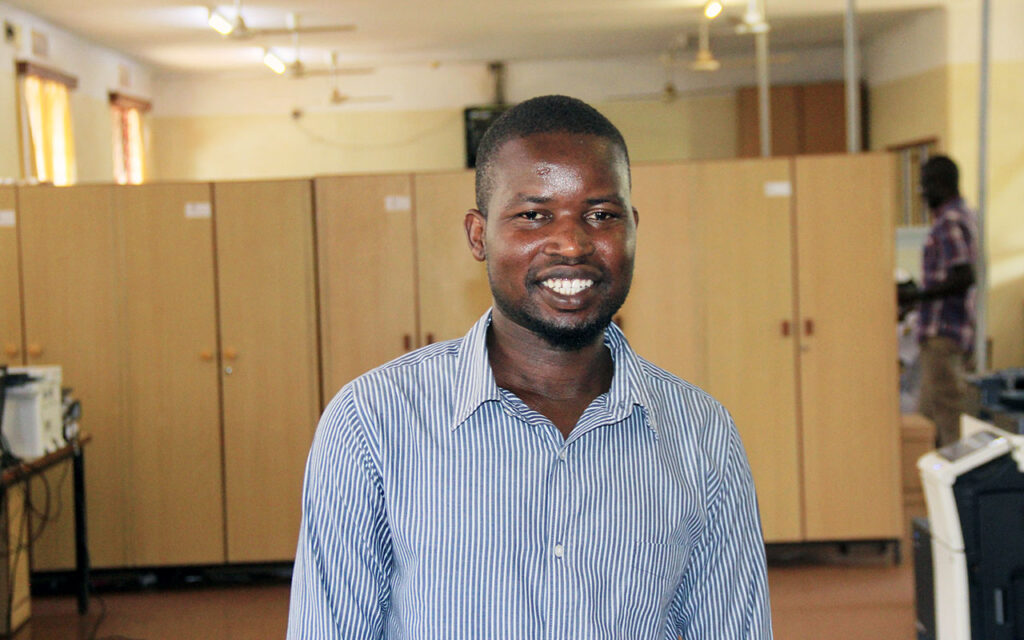Contaminated blood: exploring the intergenerational impact

There is much to say about the contaminated blood scandal of the 1970s and ‘80s. It devastated the bleeding disorders community, leaving a legacy of hurt, injustice and mistrust. With medicines for haemophilia produced through pooling the blood of up to 40,000 donors – many in high-risk groups – prior to routine virus-screening and heat-treating technologies, just one sample from someone with a blood-borne disease could impact an entire batch of medication. That is what happened, leaving thousands of people with haemophilia infected with HIV through contaminated blood products. Thousands died. More suffered – and continue to suffer – from liver damage secondary to hepatitis, HIV and AIDS. Infection risks were increased through inaction and poor cultures of medical paternalism where ‘doctors knew best’. And partners also contracted these diseases due to a lack of transparency and support from healthcare systems.
In the UK, issues of contaminated blood are once again major headlines as the Infected Blood Inquiry slowly attempts to systematically investigate the loss of life and injustice experienced by the haemophilia community. Stories of contaminated blood continue to shape the modern haemophilia experience.
Trauma across generations
This is the matter to which Sally-Anne Wherry and her colleagues turn to in an important article recently published in The Journal of Haemophilia Practice: ‘The impact of the Contaminated Blood Scandal on the next generation: the state of the evidence’.
As the authors note, because haemophilia passes down family lines, from generation to generation, the impact of the disaster on the families of those who were infected continues – but there is a significant gap in research that tries to understand their experiences and find ways to support them. When they reviewed what little research has been conducted with families affected by contaminated blood, Sally-Anne and her colleagues found that there is an ‘intergenerational memory’ of the trauma caused by the disaster. This has left the community attuned and sensitive to issues of treatment safety.
They also found that families affected by contaminated blood are uncomfortable with how the issues are portrayed in media and the wider public sphere, where narratives of what happened are frequently sensationalised and misrepresented. At the same time, these families still have a sense of needing to achieve justice for what happened, feeling betrayed and without a resolution.
Self-advocacy and anxiety
All of this together shapes the relationships that families affected by contaminated blood feel able to have with health care professionals in contemporary treatment settings. As they grapple with decisions about their own or their children’s treatment, some feel unable to trust in healthcare systems today because of what happened in the past. Many report how important they feel it is to self-advocate and increase their health literacy so that they can make more informed decisions.
We talk a lot about self-advocacy and shared decision-making in haemophilia. It’s often positioned as something that is fundamentally positive, to be valued and encouraged — but as Sally-Anne and her colleagues remind us, the situation is much more complex. For many, the desire and need to engage in this form of clinical dialogue about decisions is rooted in trauma and anxiety. This is an important challenge for health care professionals to be aware of when discussing treatment innovations.
Recognising legacy
Pretending that everything is different now, or that contaminated blood is all in the past, is not enough. Our community will be forever shaped by what happened and as Sally-Anne and her colleagues write:
“It has left an inheritance of anger and a need for justice for those who survived it, bearing witness to the experiences of those who did not.”
They conclude by saying that it is vital for health care professionals to be mindful of how trauma exposure can impact people affected by haemophilia in numerous ongoing ways. This recognition is important in preventing further harm.
Sally-Anne’s work sets an important precedent for research to actively explore the impact of the contaminated blood scandal on future generations and the legacies that continue to echo within our community.
Further reading
Wherry S-A, Berragan L, Jennings R. The impact of the Contaminated Blood Scandal on the next generation: the state of the evidence. J Haem Pract 2023; 10(1): 20-27. doi: 10.2478/jhp-2023-0003
About the author
Rich Gorman lives with severe haemophilia A. He works as a researcher at Brighton and Sussex Medical School.
For more information about The Journal of Haemophilia Practice, email us at publishing@haemnet.com
Image: Shutterstock/Kittyfly


